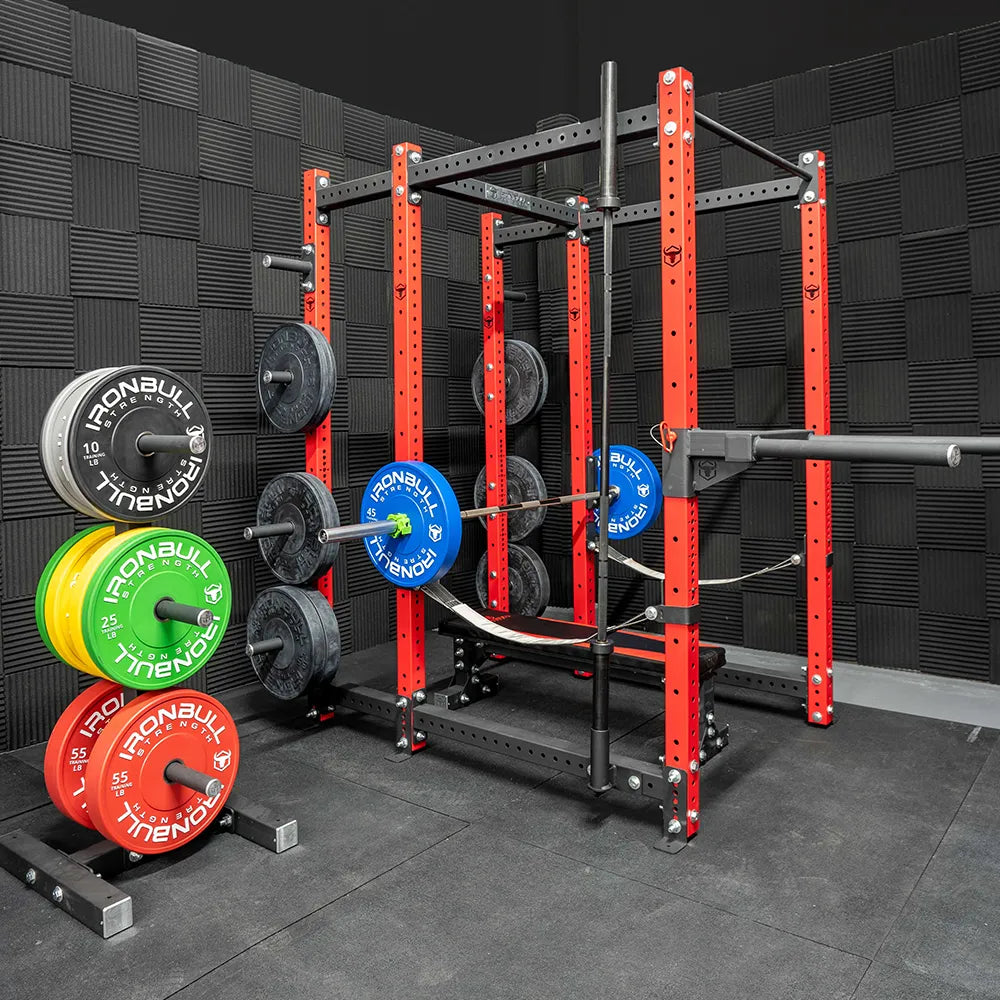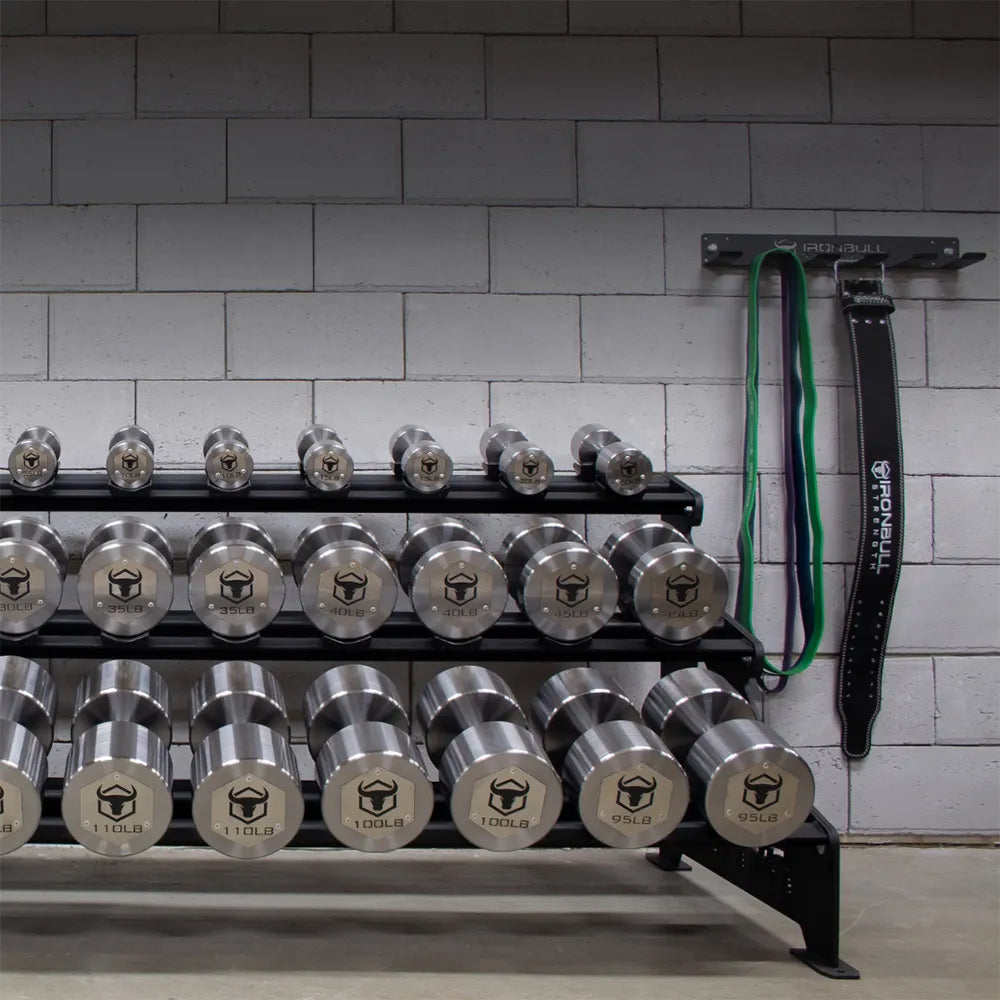How to Use a Power Rack for Strength Training


When it comes to strength training, having the right equipment can make all the difference in achieving your fitness goals. One piece of equipment that stands out for its effectiveness is the power rack.
Its ability to provide safety, stability, and variety in exercises makes it an essential tool for effective strength training.
Setting it up
Setting up your new training partner may seem daunting at first, but it's a breeze with some guidance.
Install the four upright posts and transversals, and follow the instructions carefully.
Ensure to identify the parts and ensure you have all the necessary tools. Start by attaching the transversals to the upright posts, securely fastening them using the provided screws or bolts.
Ensure that the transversals are level and evenly spaced apart. Once firmly in place, attach the remaining components, such as brackets or connectors, as instructed.
Double-check that all connections are tight and secure before proceeding further.
Now that the four upright posts and transversals are installed, let's proceed to set up the remaining training area.
Ensure to inspect the J-hooks before use. These hooks are designed to hold the barbell securely and should be checked for proper positioning and stability. Make sure they are in good condition and free from any damage.
Similarly, inspect the safety pins. These pins are crucial for your safety, acting as a safety net to prevent the barbell from dropping too low. Verify that they are intact.
Using the power rack for squats
When it comes to leg day, squats are king. And your new training partner is the perfect companion for this compound exercise.
To perform the squats , position yourself under the barbell. Ensure that the bar is resting on your upper traps or rear delts and your feet are shoulder-width apart.
As you descend into the squat, focus on pushing your hips back and bending your knees. Keep your chest up and maintain a neutral spine throughout the movement.
Once your thighs are parallel to the ground or slightly below, drive through your heels and extend your legs to return to the starting position.
The beauty of squatting in a power rack is its added safety. If you find yourself unable to complete a rep, the safety pins will catch the barbell, preventing it from crushing you.
This safety feature allows you to push your limits without the fear of injury.
Benching in the power rack
While squats take the spotlight, let's not forget about bench presses. Our new tool can be a game-changer for this upper-body exercise, providing stability and safety.
To prepare for bench pressing, adjust the J-hooks to the appropriate height. Then, lie down on the bench with your eyes directly under the barbell.
Take a moment to determine the position at which you want to lower the barbell for each repetition. Once decided, carefully set up the safety pins at this specific height, ensuring they will catch the barbell if needed during the exercise.
After setting up the pins, grab the barbell with a grip slightly wider than shoulder-width apart. Be mindful of aligning your wrists with your elbows as you prepare to execute the exercise.
Once you're in position, unrack the bar and lower it to your chest, maintaining control throughout the movement. Pause for a moment and then press the bar back up to the starting position.
Remember to keep your feet grounded and your core engaged for stability.
Using the power rack for bench presses allows you to lift heavier weights with confidence. The safety pins act as your spotter, catching the barbell if you fail to complete a rep.
This safety net not only prevents injuries but also gives you the peace of mind to push your limits and maximize your gains.
Key takeaways for Safe and effective power rack training
The power rack is an adaptable and important equipment for strength training. Its ability to provide safety, stability, and variety in exercises makes it a valuable asset in any gym or home setup.By following the proper setup and usage guidelines, you can perform a wide range of exercises, including squats and bench presses. The adjustable J-hooks and safety pins allow you to customize the equipment to your needs and ensure safe lifting.
It's important to remember that even with the safety features of a power rack, proper form and technique are paramount. Always start with lighter weights and focus on mastering the movement before increasing the load.
Engage the muscles you're targeting and listen to your body to avoid any unnecessary strain or injury.
So, next time you hit the gym or set up your home workout space, remember our tips. It will take your workouts to the next level and provide the safety and stability you need to achieve your fitness goals.
Stay safe, lift smart, and watch your strength grow!










